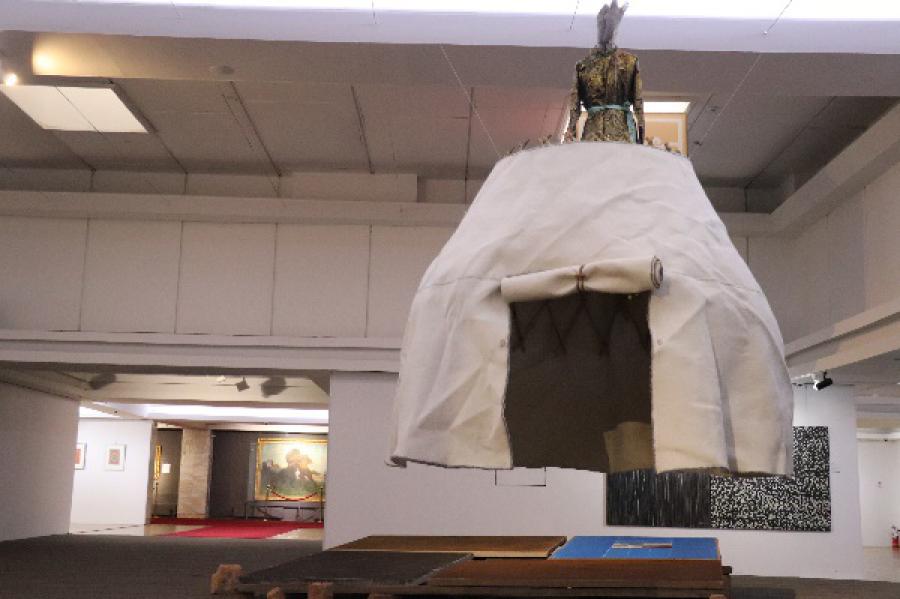The artist Togmidshiirev ENKHBOLD and Batjil Bajar, responsible for International Relations of the Union of Mongolian Artists (UMA), are in Cuba to participate in the XV Havana Biennial. The digital work of the Mongolian creator, BAT-ERDENE Batchuluun, will also be exhibited at the Biennial.
The 15th edition of the Havana Biennial, the most important contemporary art event in the Global South, was inaugurated, on November 15, at the Wifredo Lam Contemporary Art Center and will run until February 28, 2025.
Organized by the Wifredo Lam Contemporary Art Center, the Cuban Ministry of Culture and the National Council of Plastic Arts, some 400 artists participate in the 15th Biennial, 172 Cubans and 230 foreigners from some 60 countries.
The distinctive feature of the Havana Biennial is that, in addition to exhibitions in art galleries and museums, it transforms streets and parks into artistic spaces with large-format works on streets and building facades, performances, etc. In addition, artists create together in the communities and the Biennial includes talks, colloquia, workshops and musical concerts and extends to other provinces of the country.
The Mongolian works will be on display to the public at the Visual Arts Development Center in Old Havana, located at 352 San Ignacio Street. and Teniente Rey St.
Among the Mongolian works, a traditional yurt, also known as a ger, will be on display. These yurts have been an integral part of the nomadic lifestyle in the steppes and mountains of Mongolia and Central Asia for at least 2,500 years.
The distinctive design and symbolism of Mongolian yurts have been transmitted through generations and are a source of pride and identity for the Mongolian people. They are an essential part of their intangible cultural heritage and the wrold representation of the Mongolian people.
These portable, round-shaped dwellings covered and insulated with skins or felt have several components that are easily assembled and disassembled, providing insulation and ventilation in adverse weather conditions.
30 % of Mongolians, or nearly one million people, are nomadic herders, living in yurts and oftenly frequently moving to other places where there is food and water for their livestock.



